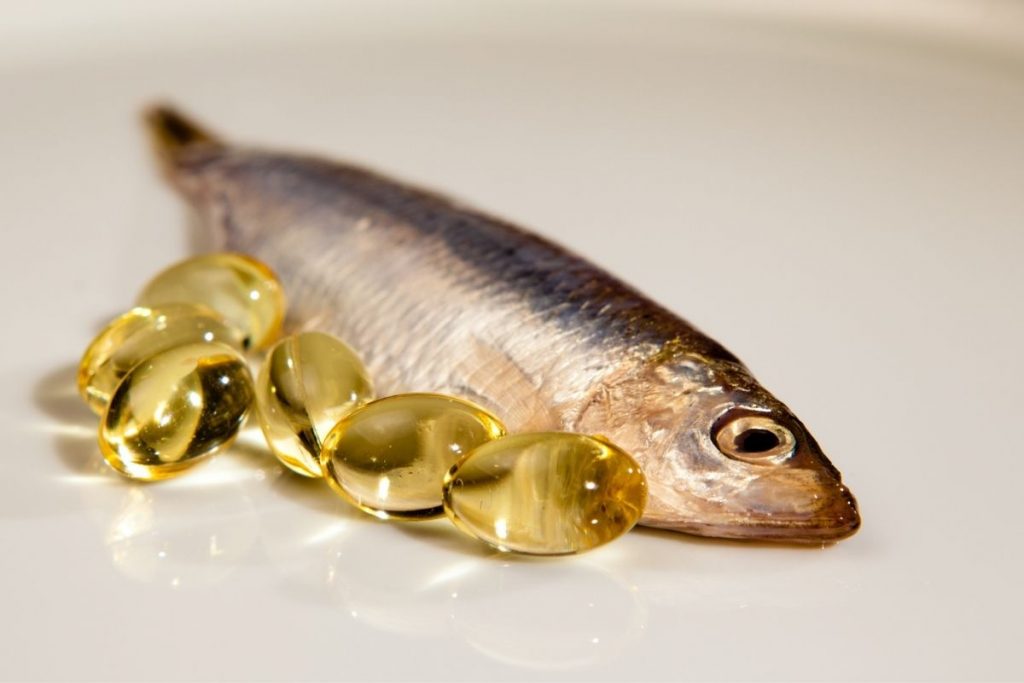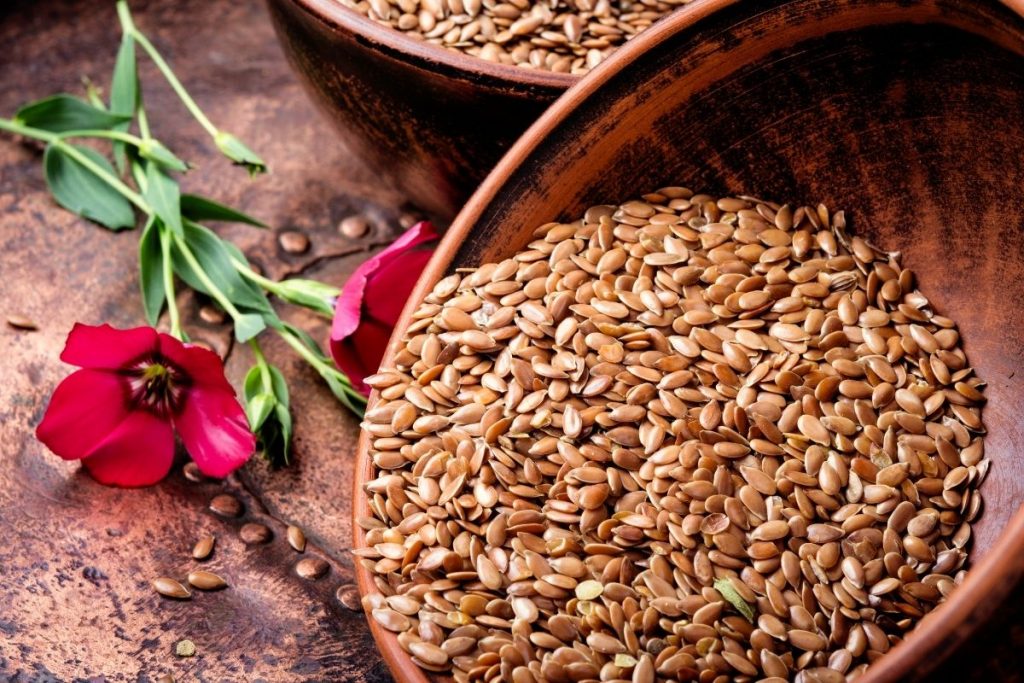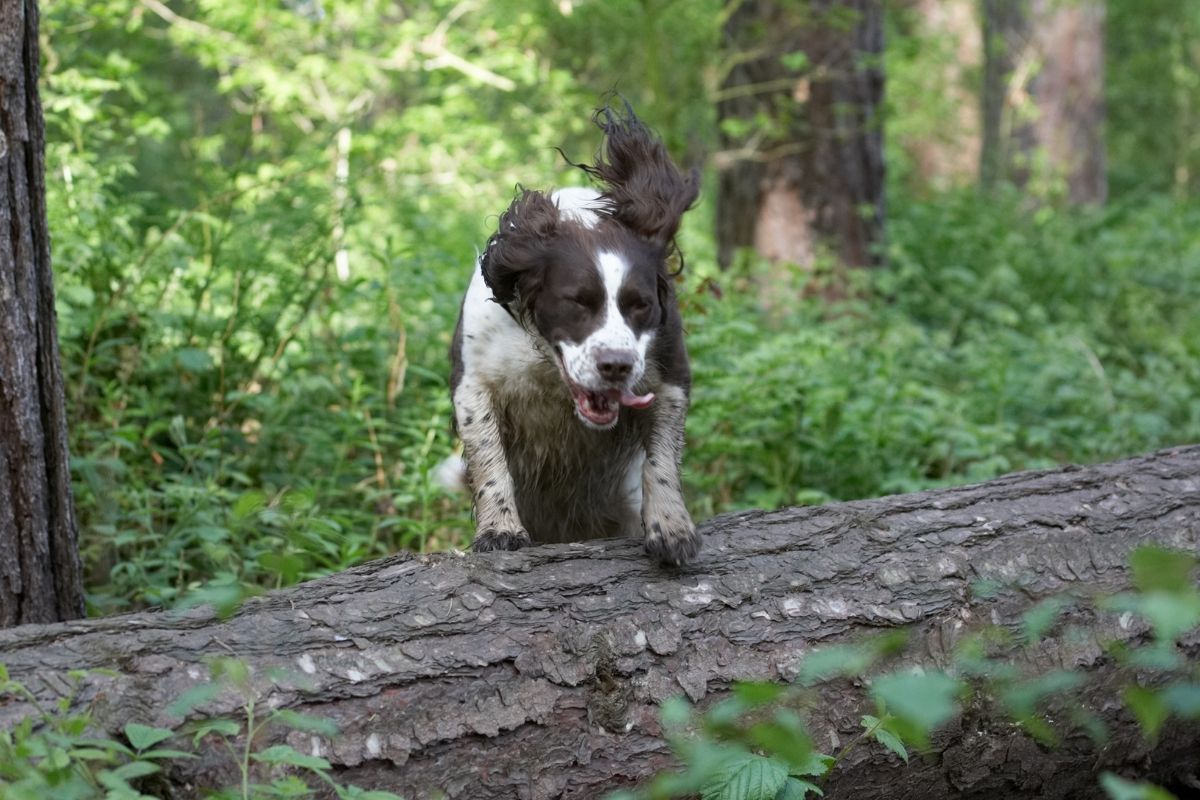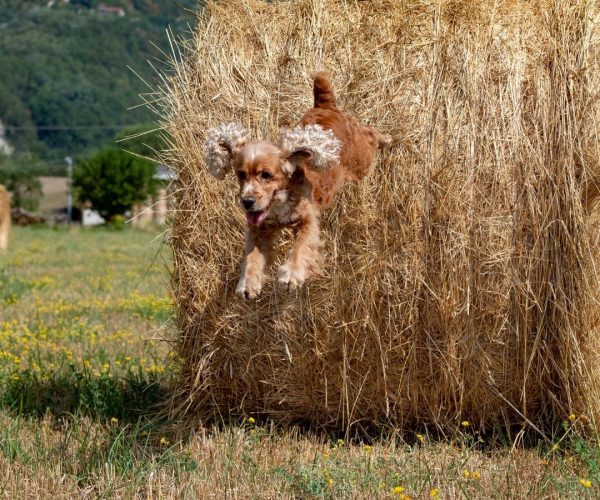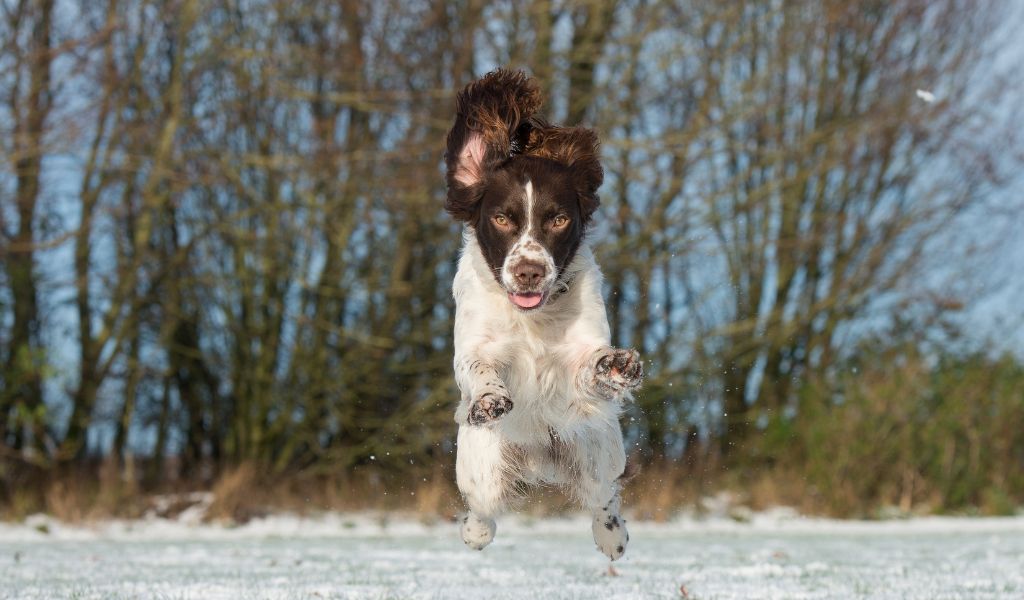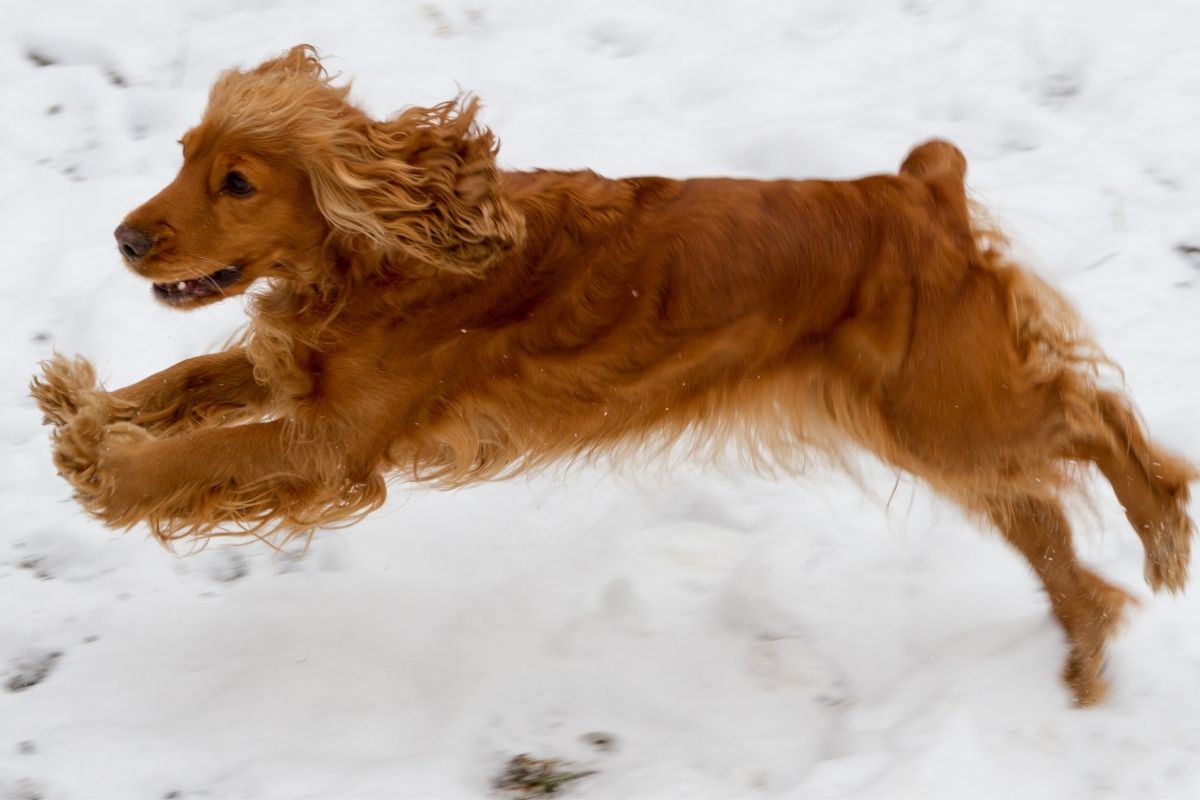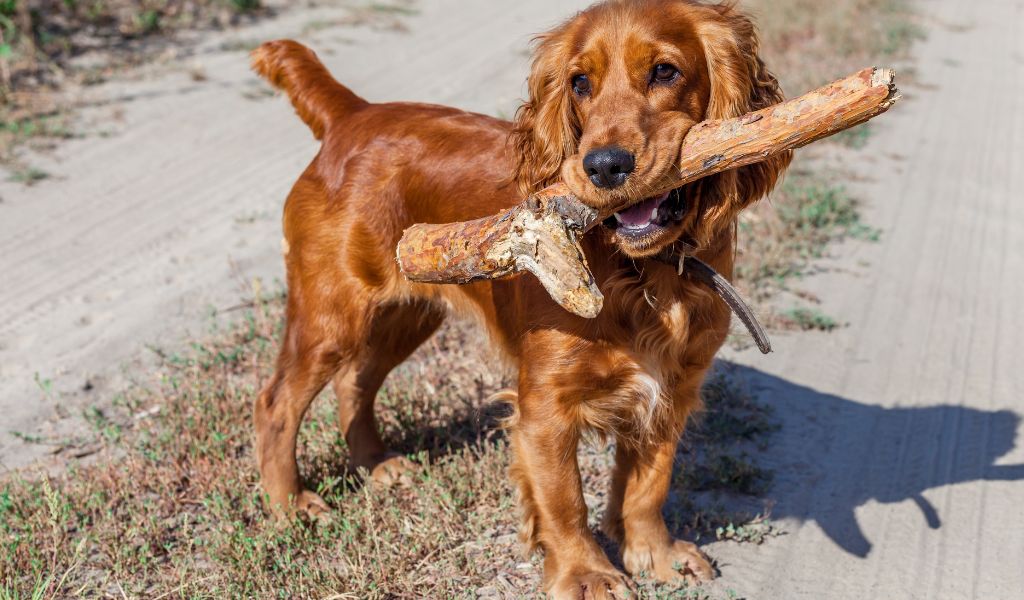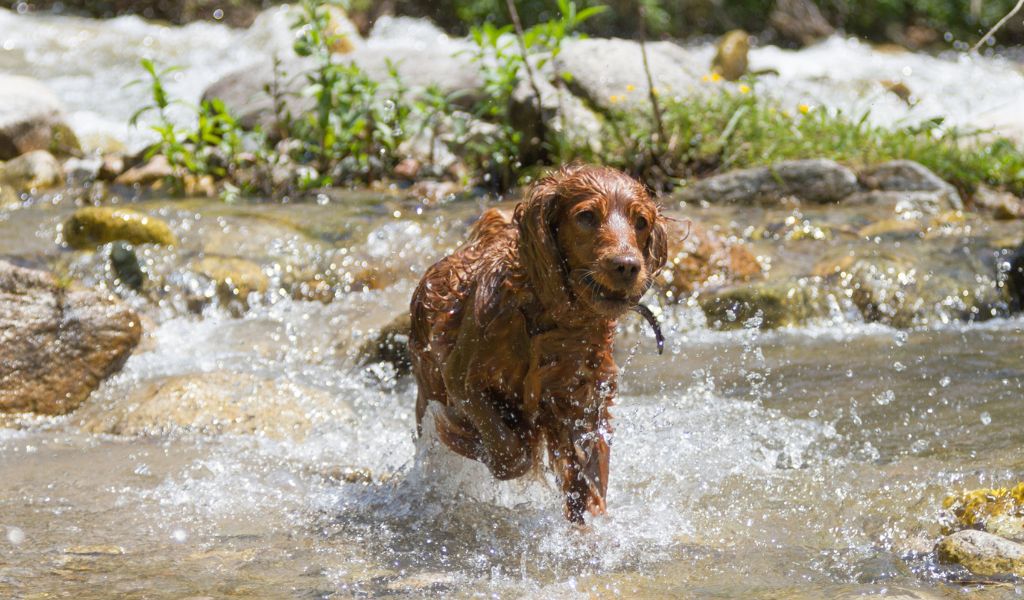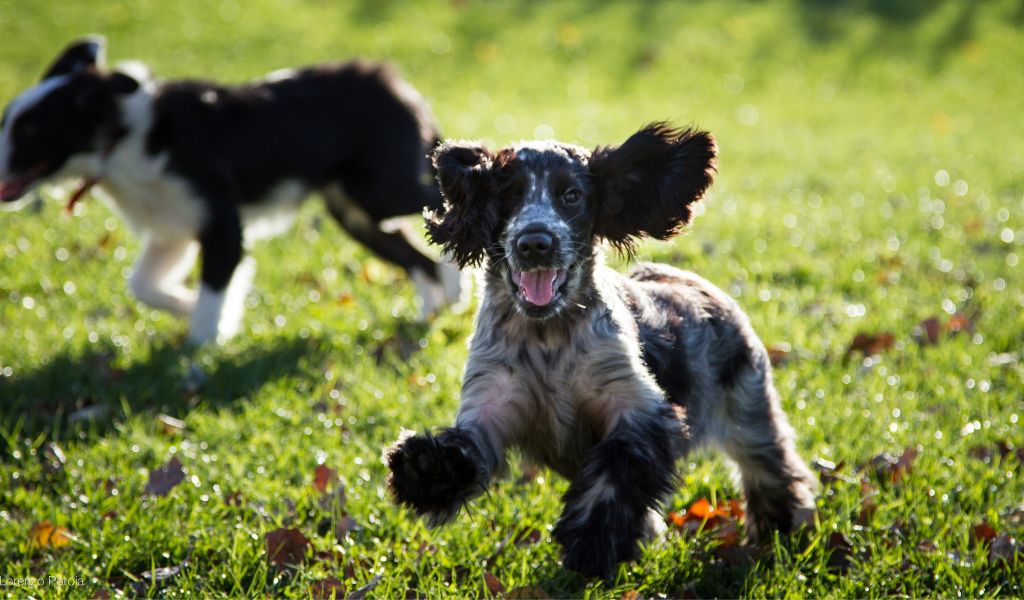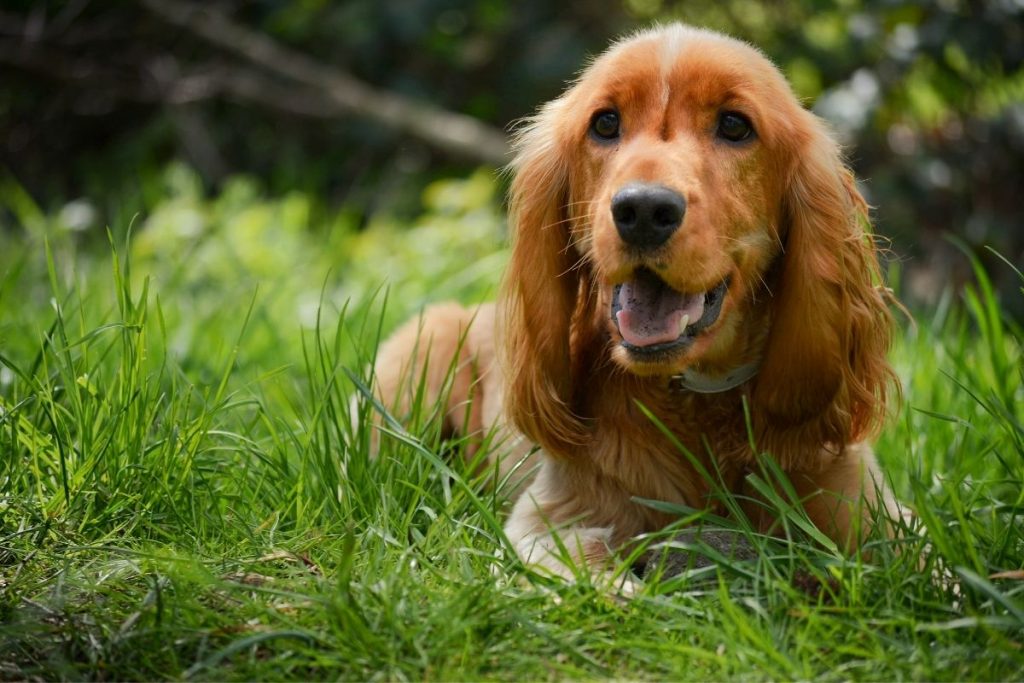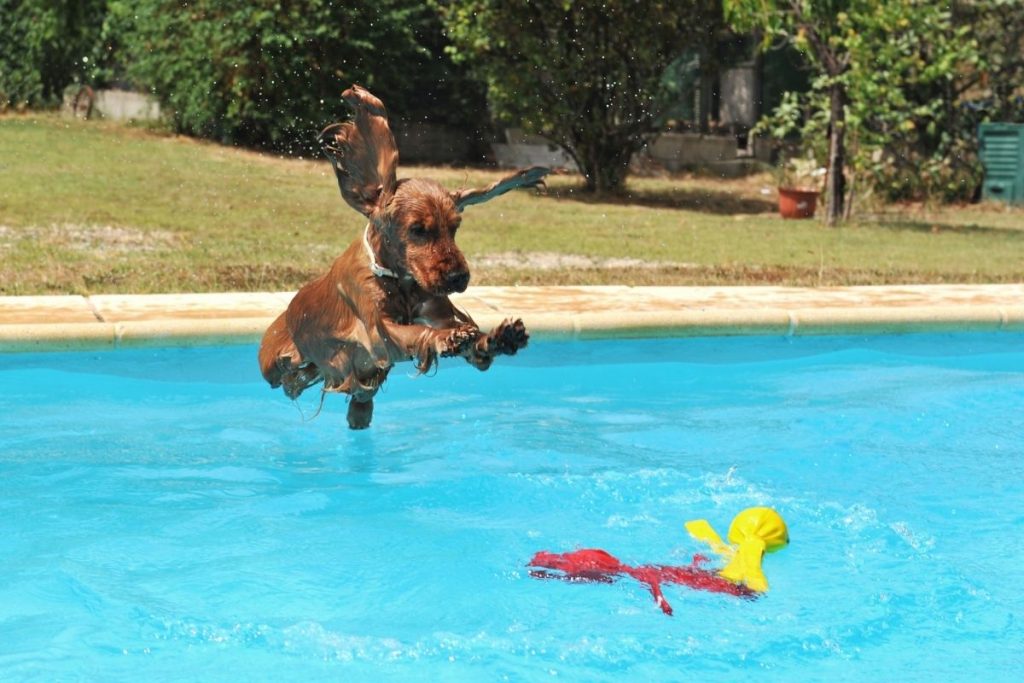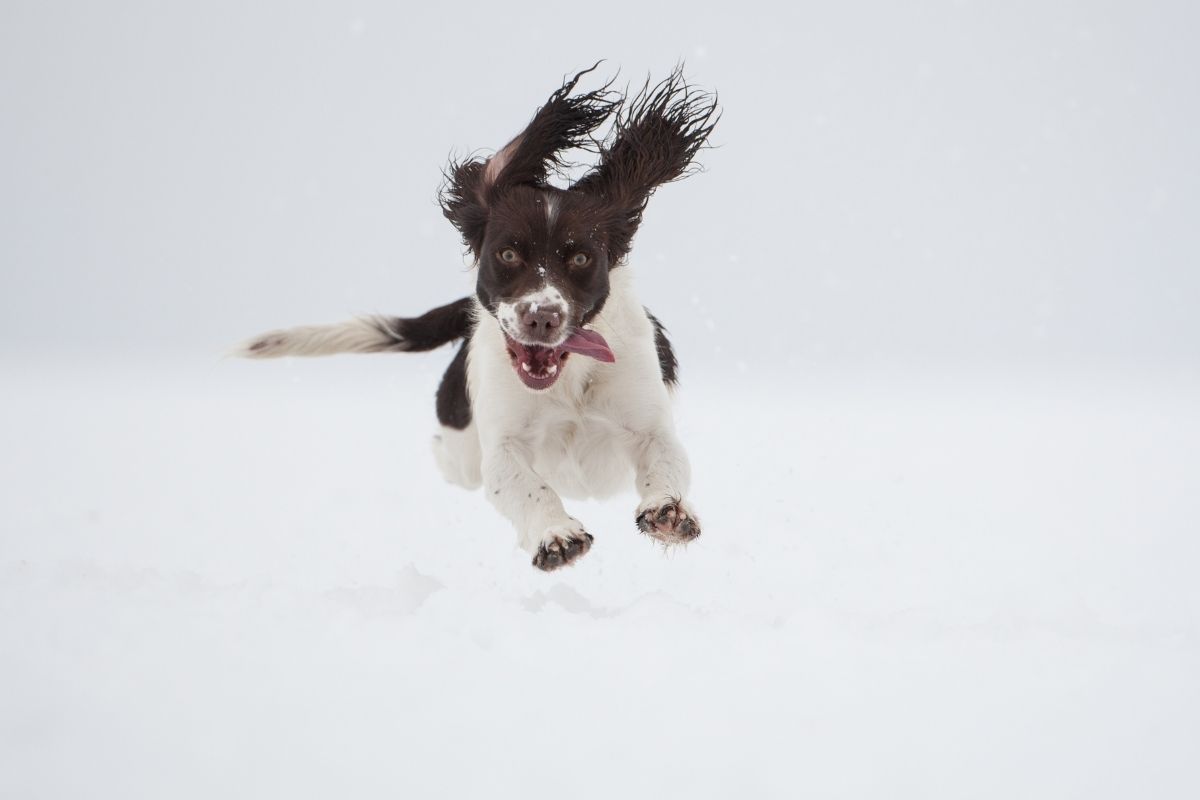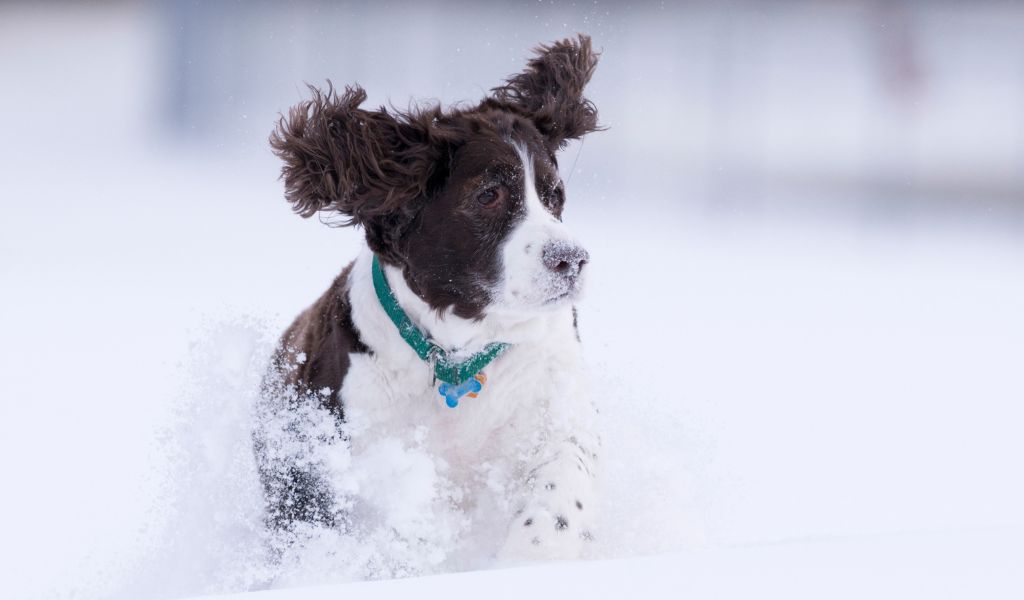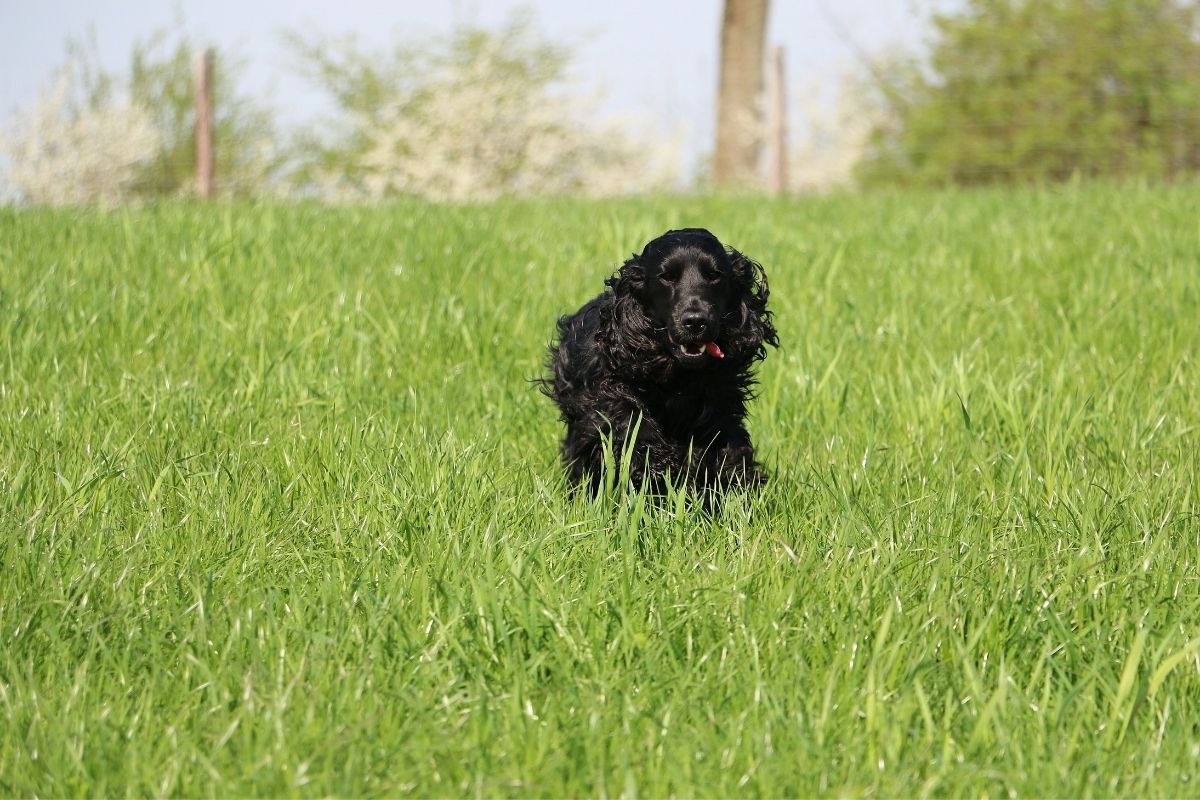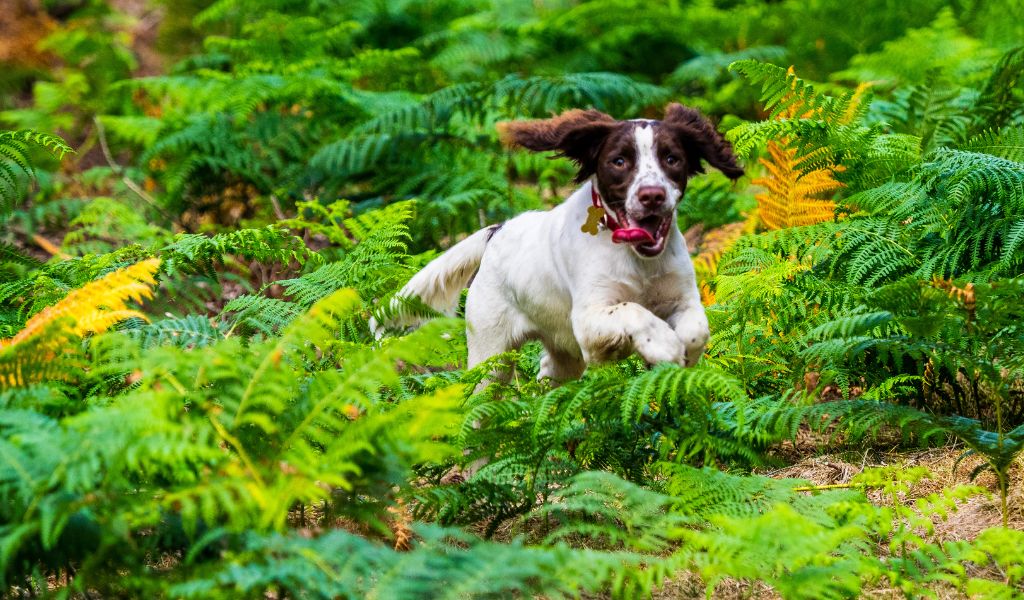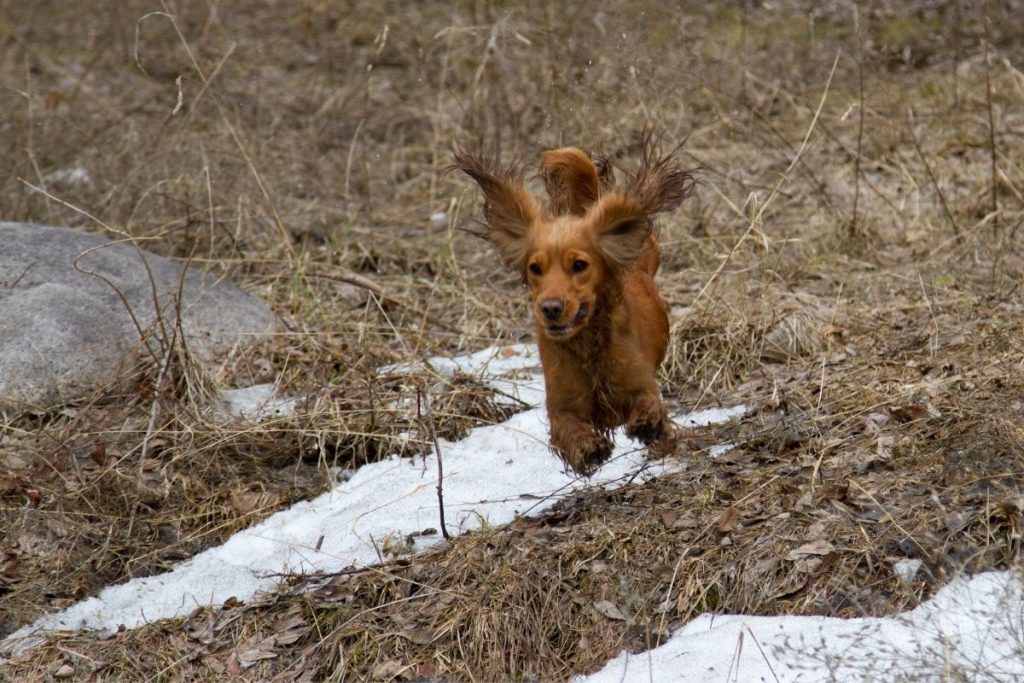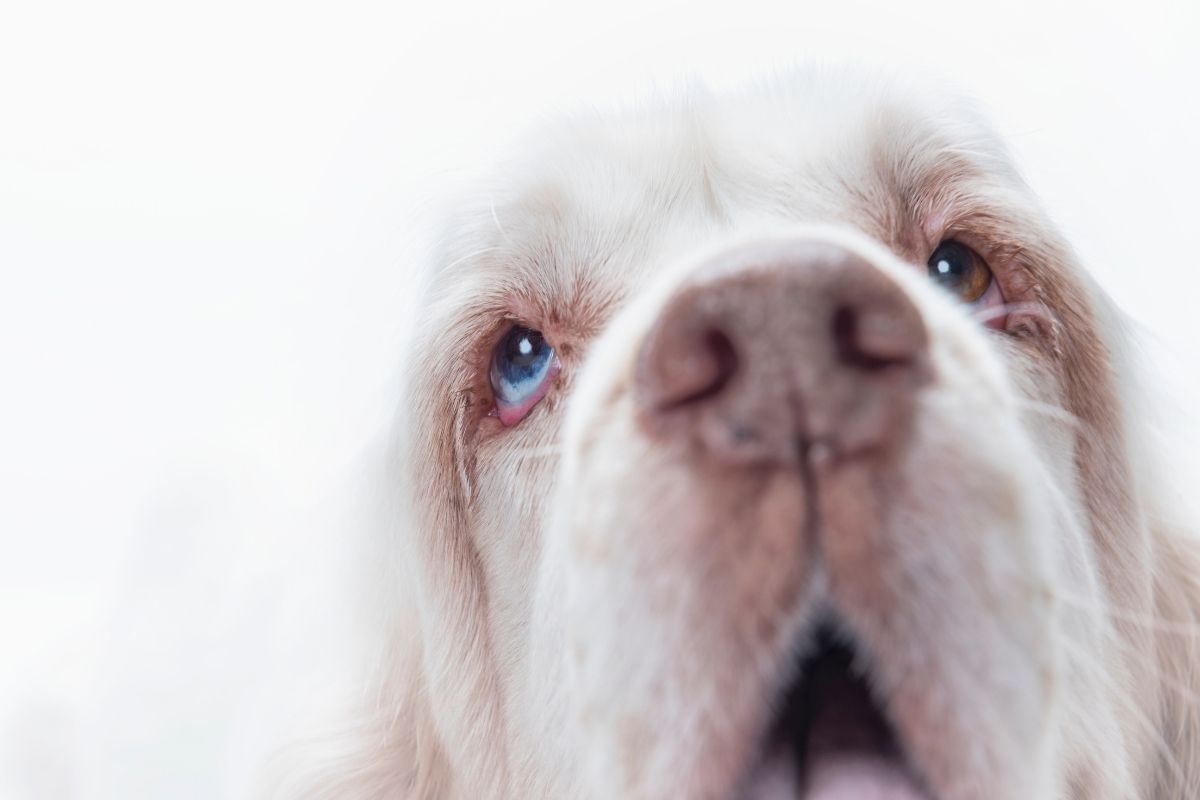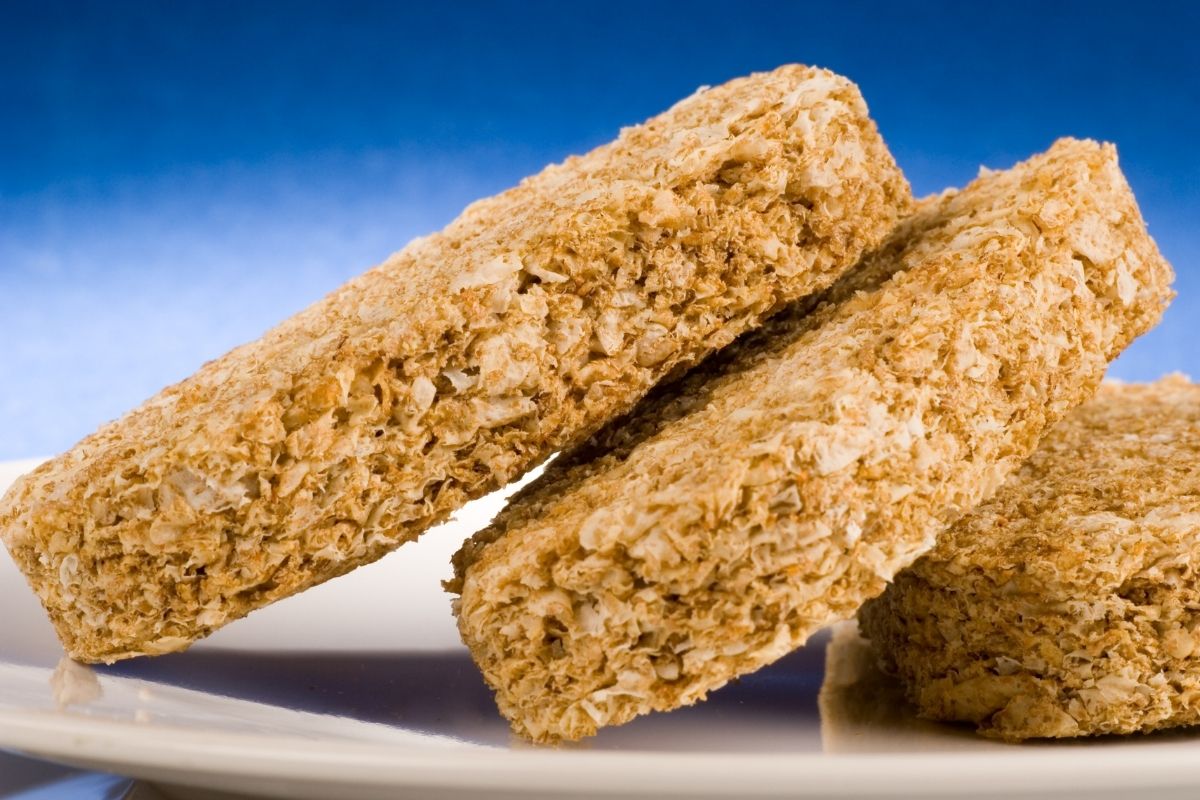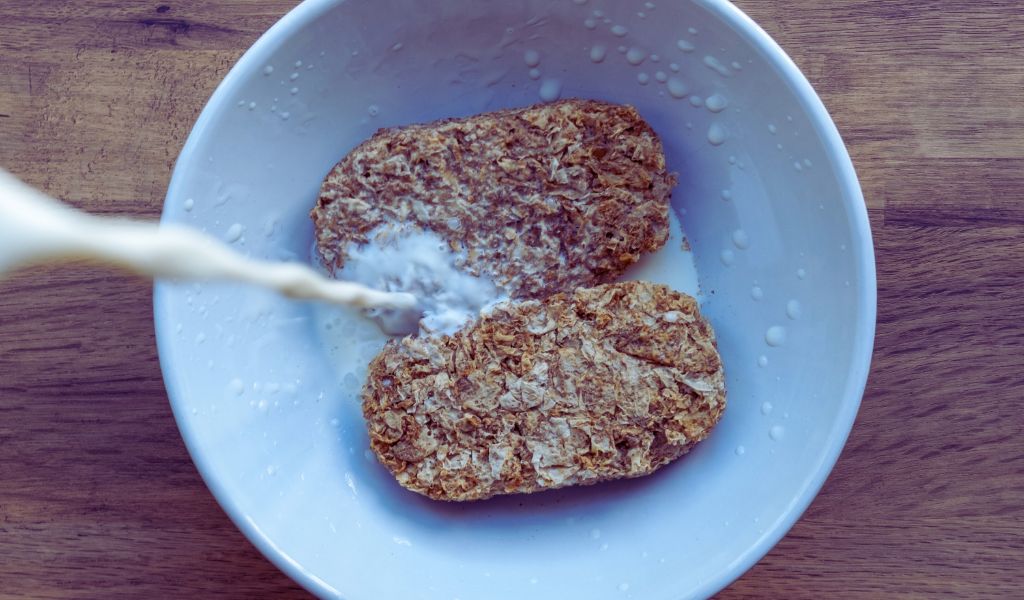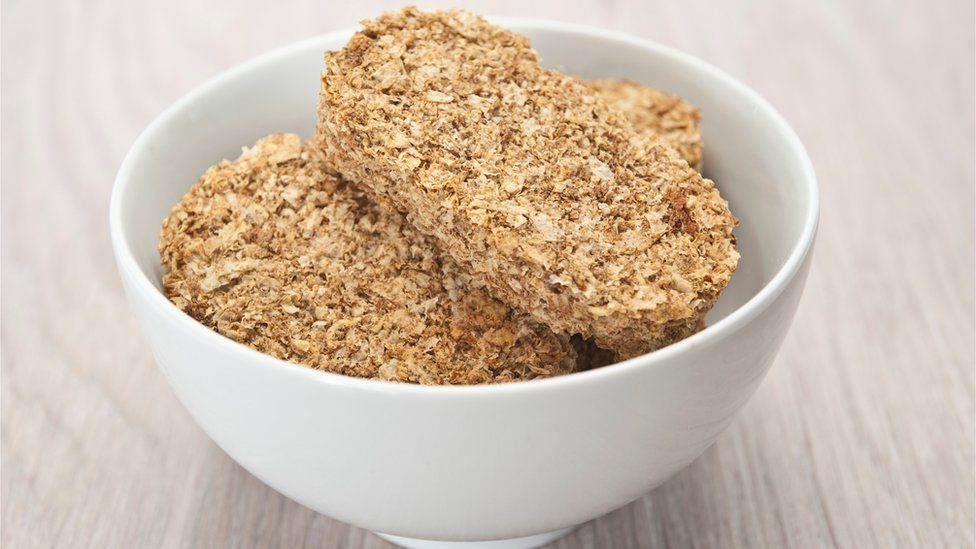It is sad to say that dog theft has become increasingly common in many countries, particularly the UK where opportunists and organised groups of criminals are seeking to ‘cash in’ on the popularity of dog ownership.
Regardless of the type of dog that you own, whether pedigree or mongrel you should take every precaution to protect your pet and make theft as difficult as possible.
Thieves are often lazy cowards and, in general, the more difficult you make things the less likely you are to become a victim of dog theft. With some basic precautions, common sense and some cheap equipment you can reduce the risks of having your dog stolen by these despicable people. We’ll look at some simple steps that you can take and some cheap equipment that will help you.
Why is dog theft increasing?
Simple. Dogs are popular and cost money. If you look at advertisements for dogs you’ll often see prices in four figures as individuals seek to profiteer from the popularity of dogs.
Typically a stolen dog is difficult to track and, with ever increasing indifference to crime from law enforcement bodies, the chances of being detected are, for many thieves, unlikely.
Thus, high prices and the unlikelihood of being caught, makes dog theft an easy option for criminals.
Protect your home
Your dogs spend a lot of time at home, whether in the house or in a kennel and you’ll need to make sure that security is up to scratch to deter criminals.
Take a walk around during the day and the night and look at your property, try to think like a thief, looking for any areas that may be susceptible to attack. Think about shadows and dark areas and consider installing infra red lights to illuminate areas.
Alarms and padlocks should be of the best quality that you can afford and should be well maintained.
If your dogs live in a kennel then this will need to be fortified to make it as thief proof as possible. Try to disguise it so that it does not look like a dog house.
Consider a double entry system where you have an outer and inner door before you can get to the dogs. Simply having two secure and hard to damage doors will make any effort to enter more time consuming and tricky.
Alarm both doors and make sure that the alarms are hard to attack.
Make sure that any fencing around the kennel, for the run etc, is made from tough, galvanised steel, that is difficult to cut and move, ensure that it is high enough to make it difficult to climb.

Your dog
Make sure that your dog is microchipped, this is law in the UK and can help your dog to be returned to you if he goes missing.
Ensure that any registrations are up to date and are in your name with the correct address and contact details.
If you are buying a dog then make sure that any paperwork is genuine and bona fide, if in doubt walk away and consider informing the police.
Don’t:
Leave your dog tied up outside shops
Leave him alone in the car
Do:
Keep him with you when you can
Supervise him when he is outside
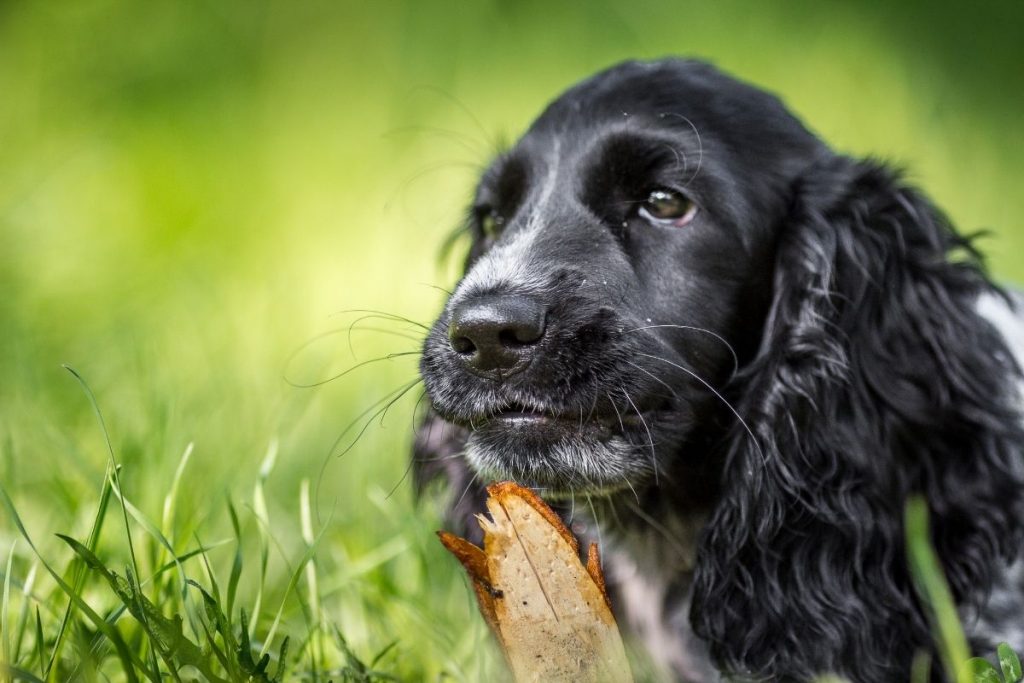
When out walking
There have been increasing cases of dog owners being approached when out walking with their pets by people who have attempted to steal the dog.
When you are out and about with your dog:
Be aware of your surroundings
Be aware of who else is around
Vary your dog walking routes and times
Take someone with you so you are not alone
Keep your hands free
Don’t wear headphones
Keep your mobile phone in your pocket to avoid distractions
Always watch your dog
Try to avoid walking when it is dark
Consider what you wear, light, bright clothing is more visible and safer than dark, dull coats.
Don’t dawdle along, walk with purpose and with meaning, your simple gait and movement can make you less likely to be a victim.
Be careful when you walk around a corner – stay away from the wall and go wide, this opens up the space and gives you a chance to see around the corner earlier and a chance to take evasive action if needed.
Personal Protection
This is frowned upon by some people, but, if someone approaches you in an attempt to take your dog then frankly. it is a case of gloves off.
Criminals are frequent cowards and do not expect to be confronted.
Your priority is always your safety and the safety of your dog.
If you are able:
Turn and run
Make as much noise as possible, shout for ‘Help’ and cause a real nuisance
Do not let go opf your dog’s lead, create as much space as you can between you and the thief
If you can make your dog bark, then do so
Should things turn to physical contact then the contents of your pocket can help – keys, mobile phones, pens, in fact anything solid, used against the face and eyes, are effective weapons that can create valuable seconds to enable you and your dog to escape
This legal to own spray on Amazon is something that we recommend.
Small and convenient, it creates a foam spray which, when directed into the face of a thief, disables them and is difficult to remove.
It is also a useful item as it can be used from distance, creating space between you and the attacker.
Remember, although violence cannot be condoned and you have to be reasonable with any force that you use, if a criminal attempts to take your dog, it is up to you to decide on your reaction.
Recommended Personal Safety Products for Dog Walkers
[amazon box=”B00NQ4AKUC,B076KDXG4Y,B00AZXPGHO,B07HHD6CN1,B078G8SJFQ” template=”horizontal”]
Final Words
Remember that your dog is your property and companion and that you should look after him carefully.
Just as you would with your car and other items, take as many precautions to make it difficult for anyone to take him.
Consider speaking to your local Crime Prevention Officer or employ the services of a specialist security firm to advise you about home and personal protection.
Read Next
The best way to stop your dog jumping on people
Are garden slugs poisonous to dogs?
Can I use anti fungal cream on my dog?


